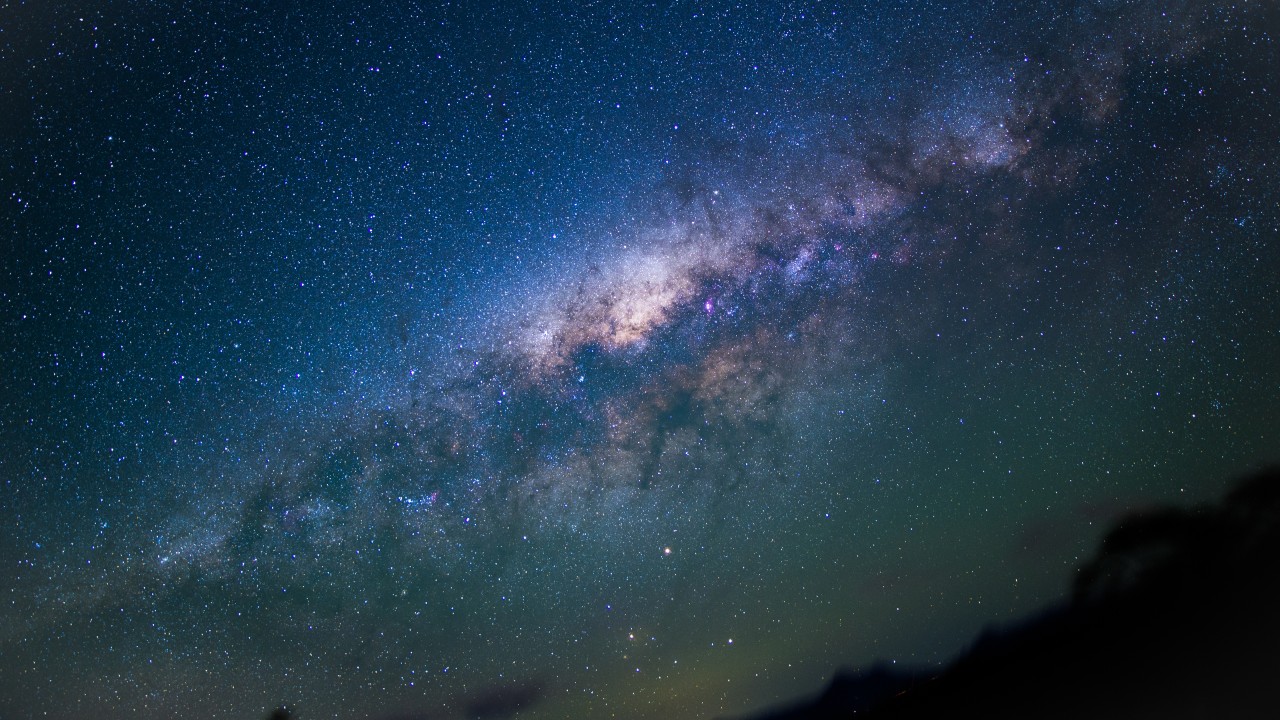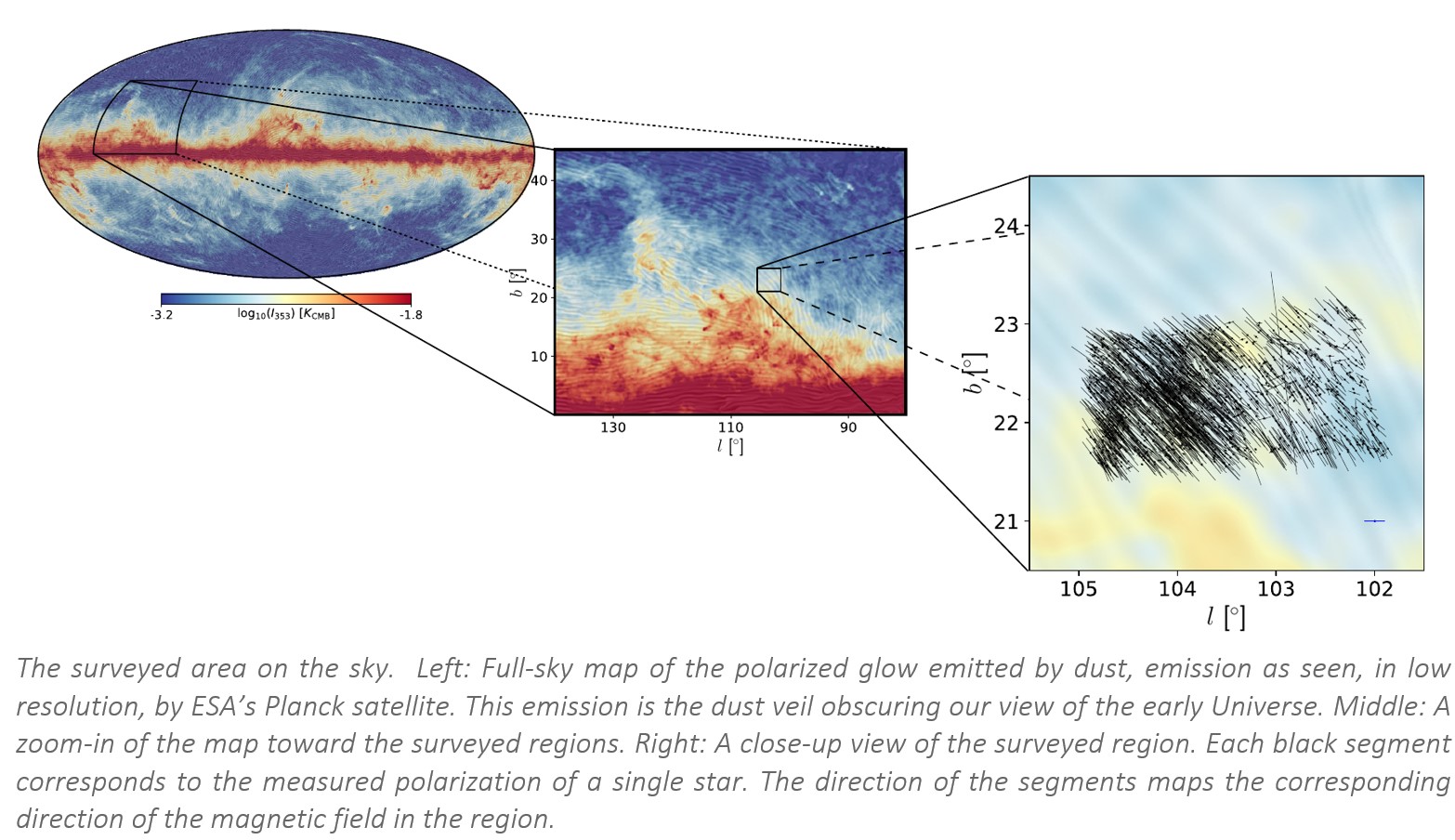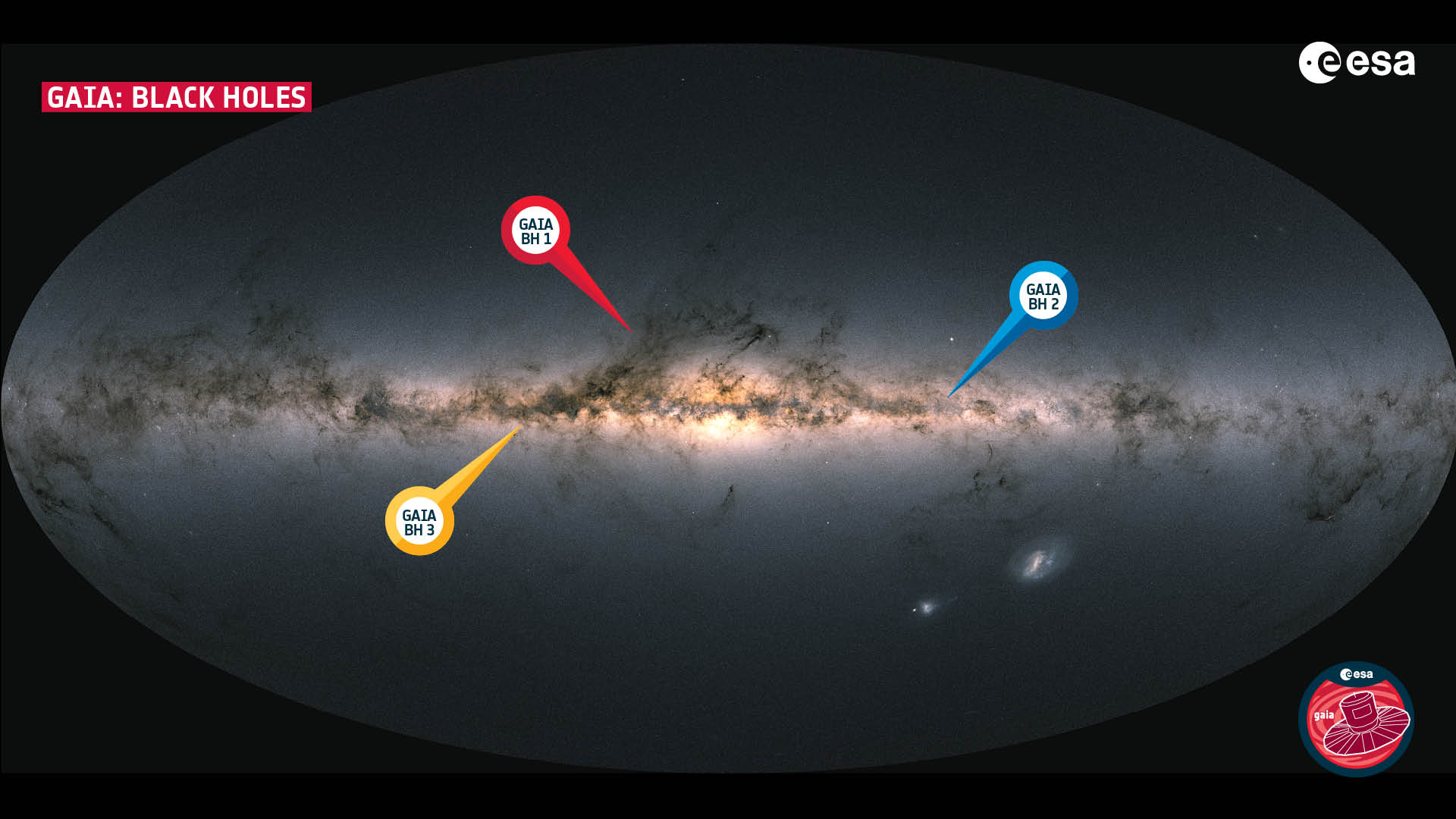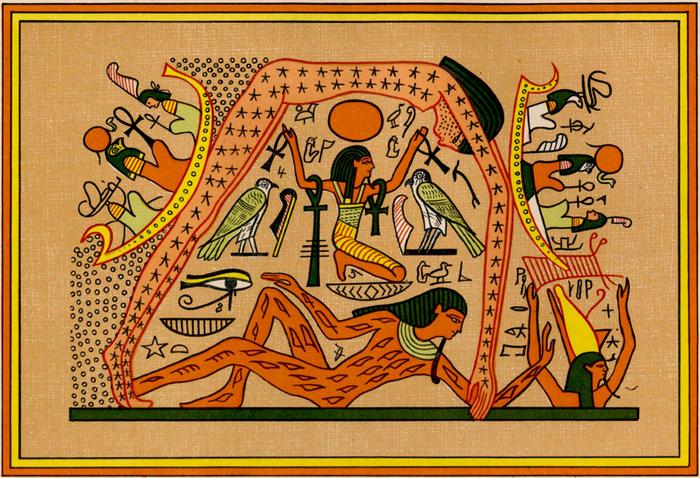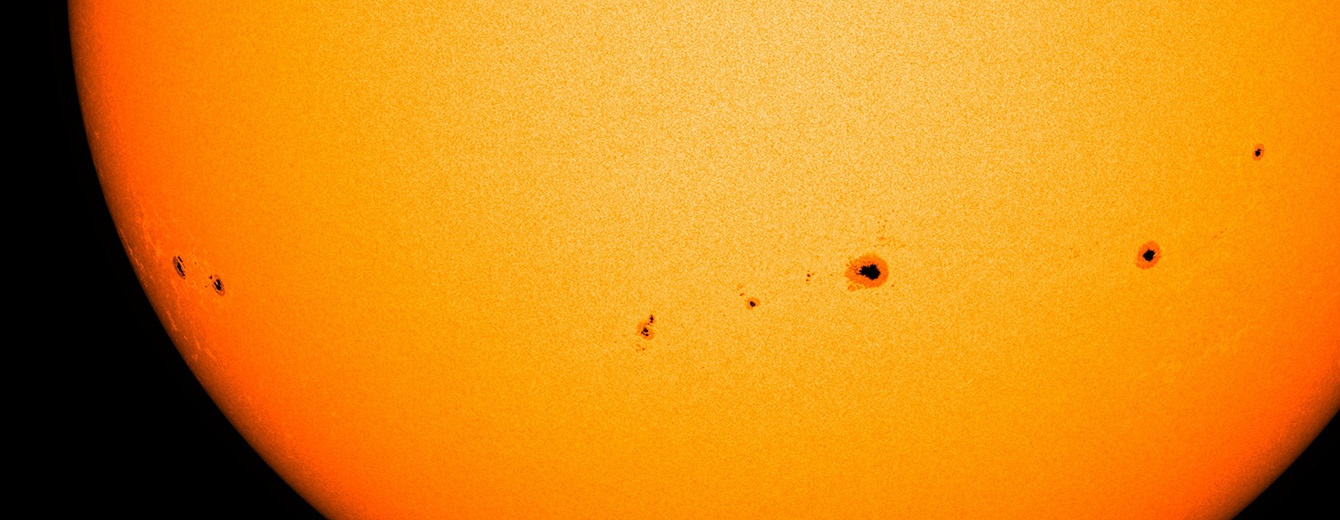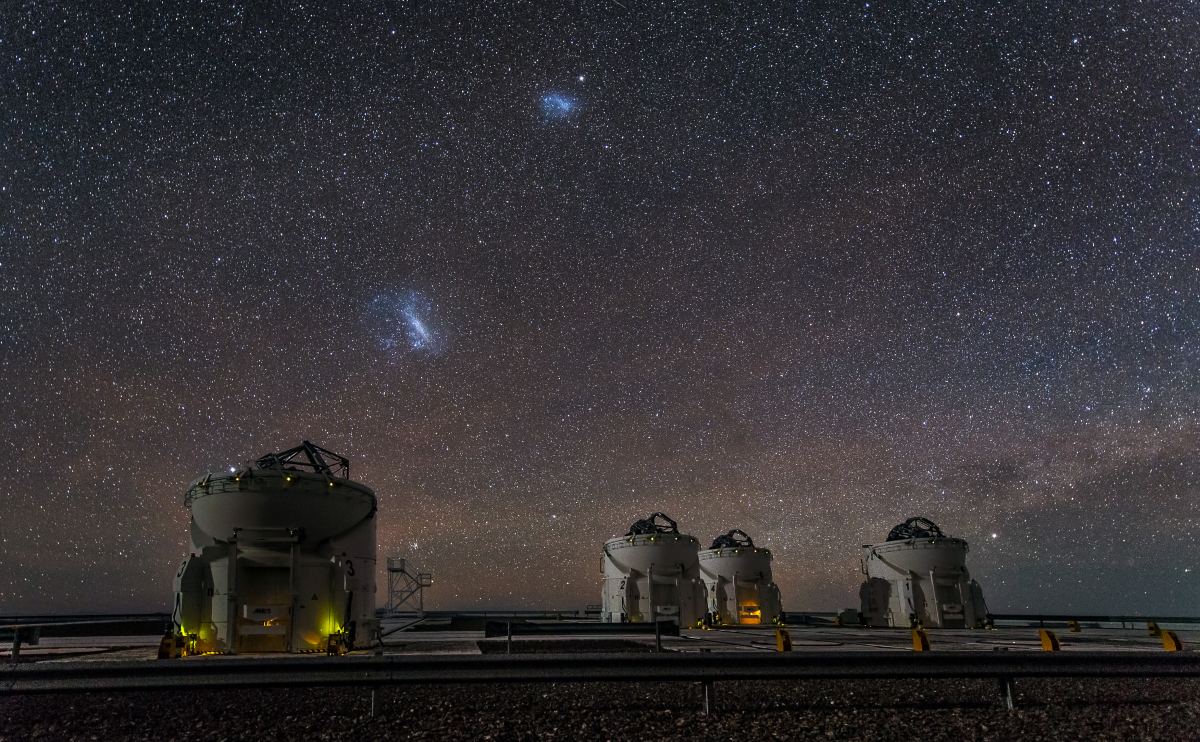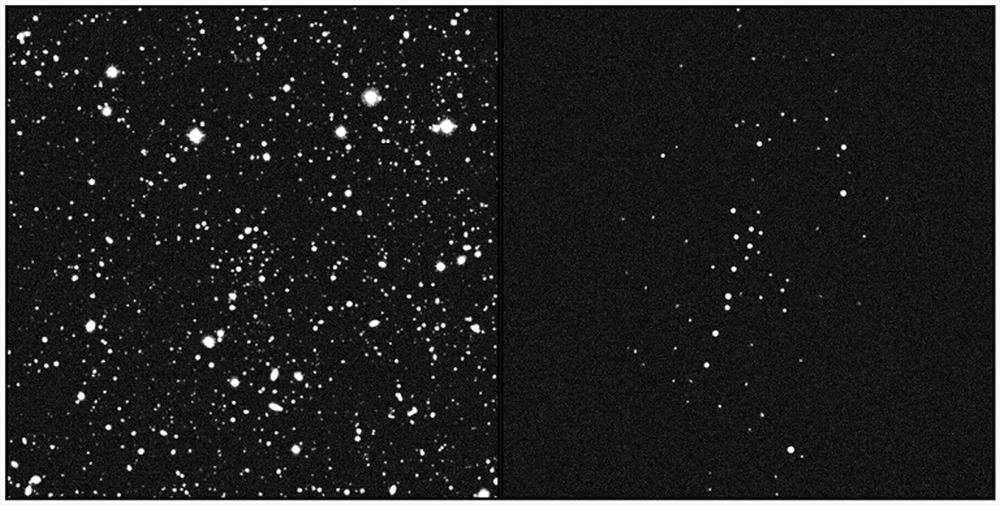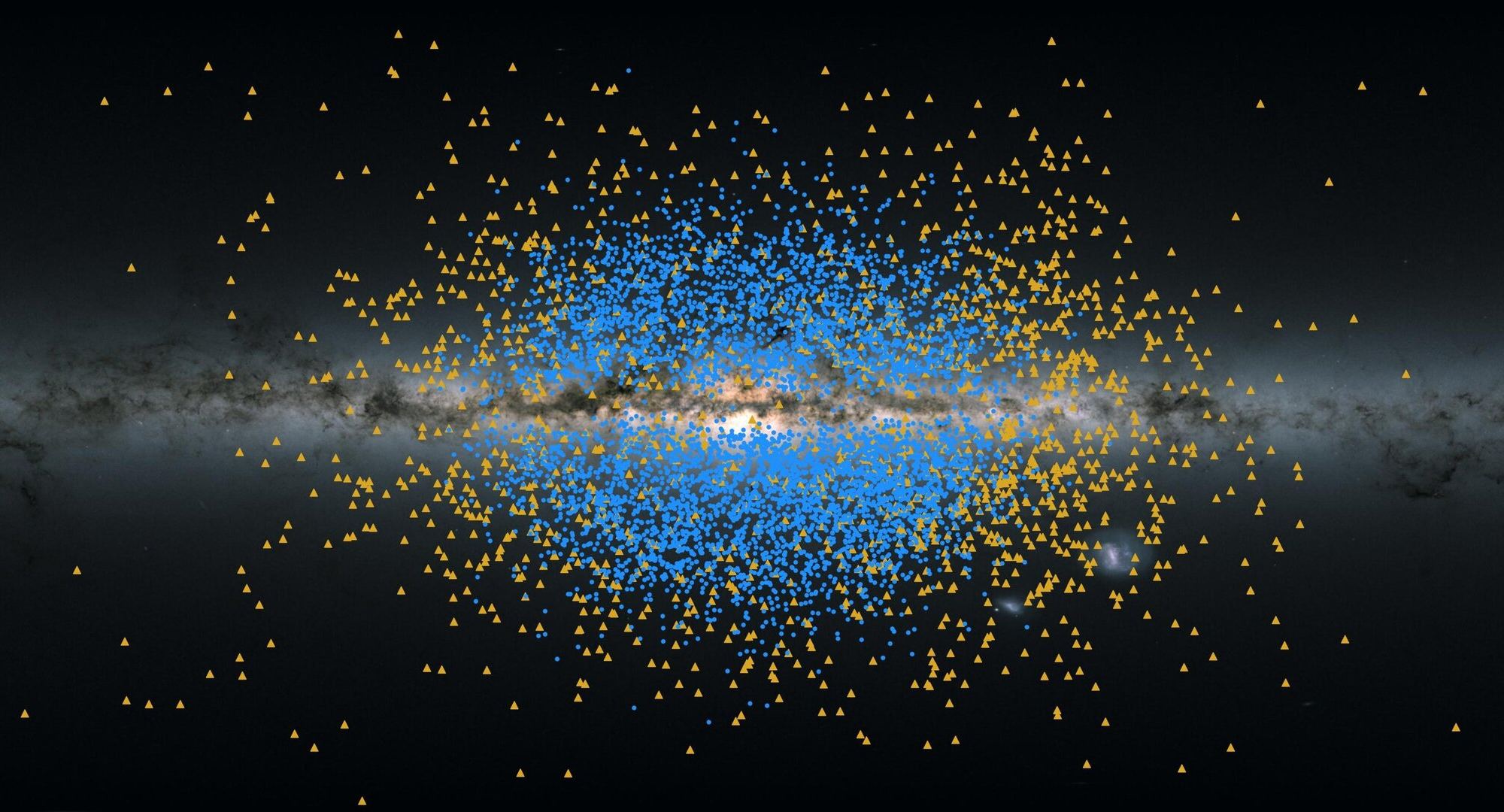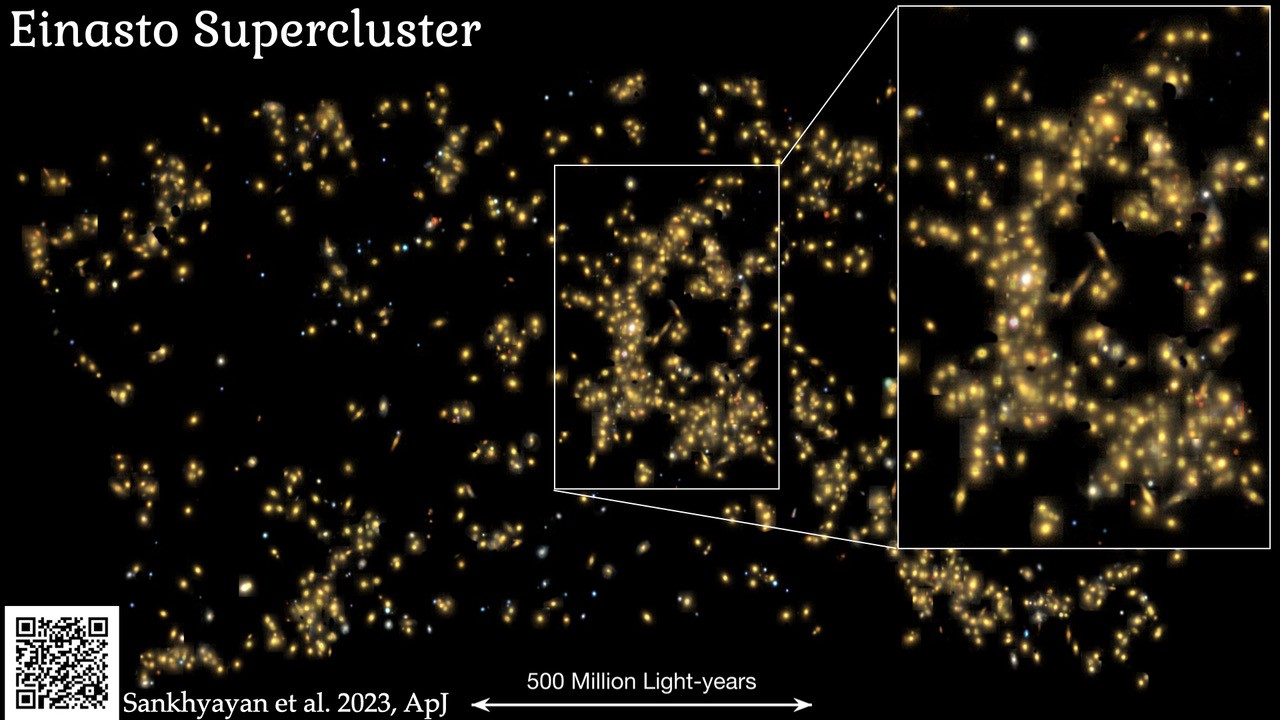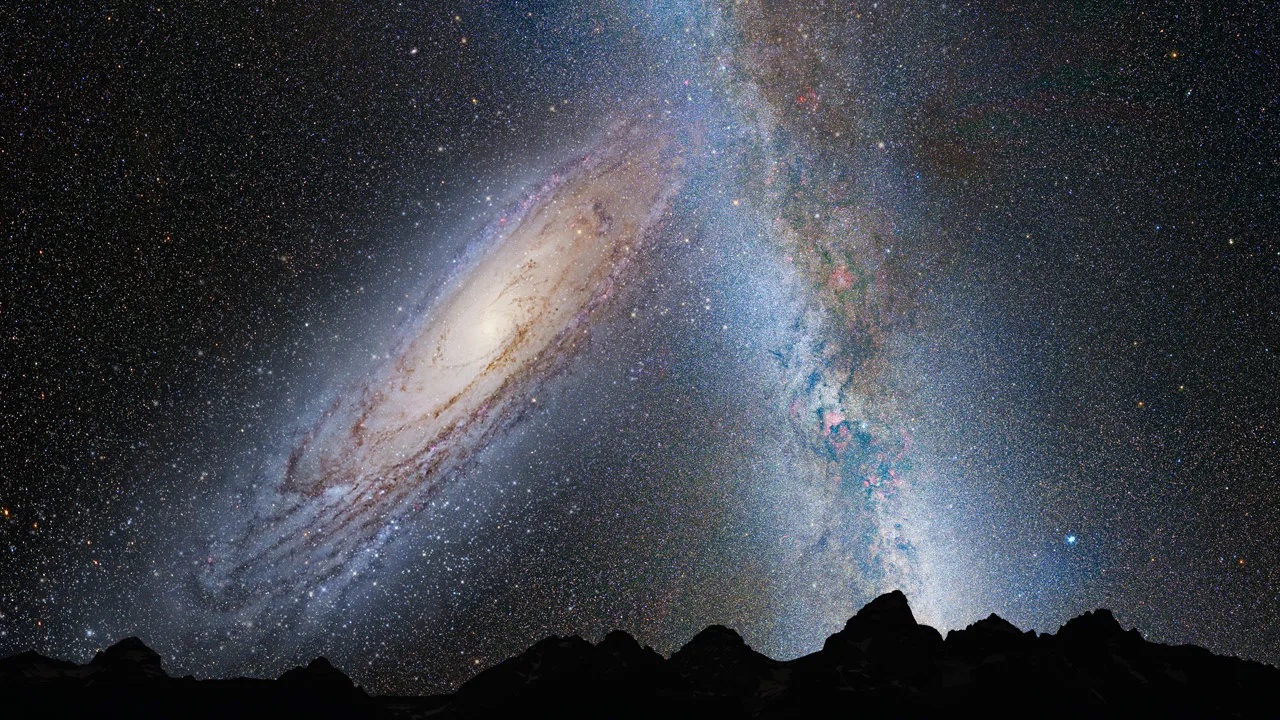It’s difficult to actually visualise a universe that is changing. Things tend to happen at snails pace albeit with the odd exception. Take the formation of galaxies growing in the early universe. Their immense gravitational field would suck in dust and gas from the local vicinity creating vast collections of stars. In the very centre of these young galaxies, supermassive blackholes would reside turning the galaxy into powerful quasars. A recent survey by the James Webb Space Telescope (JWST) reveals that black holes can create a powerful solar wind that can remove gas from galaxies faster than they can form into stars, shutting off the creation of new stars.
Continue reading “Black Holes Can Halt Star Formation in Massive Galaxies”Black Holes Can Halt Star Formation in Massive Galaxies
